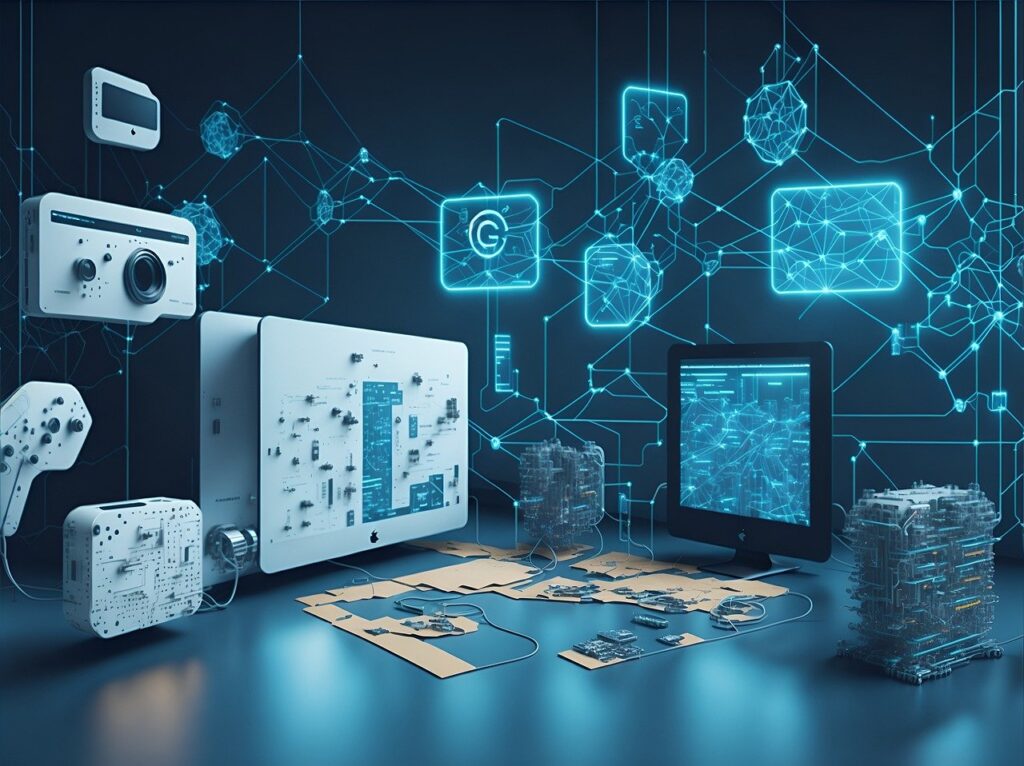
The Internet of Things (IoT) refers to the network of physical devices, vehicles, buildings, and other items embedded with sensors, software, and connectivity, allowing them to collect and exchange data. This revolutionary technology has transformed the way we live, work, and interact with the world around us.
History of IoT (Internet of Things)
The concept of IoT has been around for several decades, but it wasn’t until the early 2000s that the term gained popularity. The first IoT device was the Coke vending machine, invented in 1982 by Carnegie Mellon University students. The machine could report its inventory levels and temperatures over the internet.
Benefits of IoT (Internet of Things)
- Increased Efficiency: IoT devices automate tasks, reducing manual labor and improving productivity.
- Enhanced Decision-Making: Real-time data analysis enables informed decision-making.
- Improved Safety: IoT sensors detect potential hazards, ensuring a safer environment.
- Convenience: IoT devices make our lives easier, from smart home appliances to wearable devices.
Applications of IoT (Internet of Things)
- Smart Homes: IoT devices control lighting, temperature, and security systems.
- Industrial Automation: IoT sensors monitor and optimize production processes.
- Healthcare: Wearable devices track vital signs and detect health anomalies.
- Transportation: IoT sensors monitor traffic flow and optimize routes.
- Agriculture: IoT sensors monitor soil moisture, temperature, and crop health.
Challenges and Concerns
- Security: IoT devices are vulnerable to cyber attacks.
- Privacy: IoT devices collect sensitive data, raising privacy concerns.
- Interoperability: IoT devices from different manufacturers may not communicate seamlessly.
- Data Management: IoT devices generate vast amounts of data, requiring efficient management.
Future of IoT
- Edge Computing: IoT devices will process data closer to the source, reducing latency.
- Artificial Intelligence: AI will enhance IoT device functionality and decision-making.
- 5G Connectivity: Faster connectivity will enable more efficient IoT communication.
- Increased Adoption: IoT will become ubiquitous, transforming industries and daily life.
Conclusion
The Internet of Things has revolutionized the way we interact with the physical world, offering numerous benefits and applications. However, it also presents challenges and concerns that must be addressed. As IoT technology continues to evolve, we can expect increased efficiency, innovation, and transformation across industries and daily life.
Internet of things write this heading in different style
Join our community to stay informed about:
The latest developments and trends in the tech industry
Job vacancies and career opportunities in tech Internship programs and training initiatives